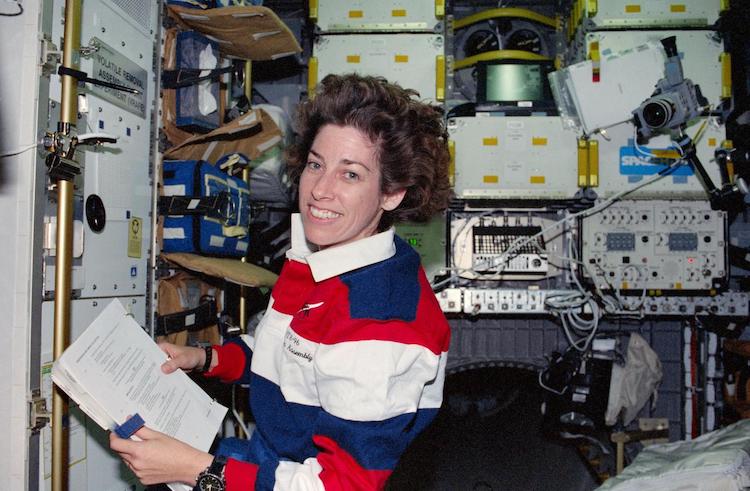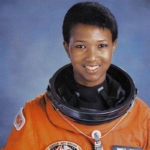
By Arnesia Young
For decades, human spaceflight has been at the forefront of exploration outside the realm of Earth’s atmosphere. Many men and women have become NASA trailblazers on this path in history, paving the road to the final frontier for future generations. One such person is Dr. Ellen Ochoa, who became the first Hispanic woman in space when she blasted off aboard the Space Shuttle Discovery in 1993. The newly initiated astronaut would not fully comprehend the magnitude of her groundbreaking journey until much later.
“At the time, it was really a personal thing,” Ochoa recalls. “It was something I was very excited to participate in, and I loved working with the team and with my crew and doing work that was important to understanding changes in the atmosphere.”
But just as Ochoa herself had looked up to women astronauts like Sally Ride as examples on her own journey into space, she too had become an inspiration to countless women—especially women of color. Yet, it wasn’t until after returning home from her first mission that she could fully appreciate the impact she’d had. To her surprise, her actions had served to advance more than just science.
“I realized the mission had repercussions well beyond that,” she remarks. “I had the opportunity to talk to a lot of student groups, I was featured in children’s books, textbooks—I’m just really grateful there was this whole extra dimension to that flight beyond the major goal of it… It was eye-opening.”
Ochoa aboard the SpaceHab in the Space Shuttle Discovery’s cargo bay during a mission in 1999. (Photo: NASA)
During the course of her career, Ochoa flew three more NASA space missions, logging almost 1,000 hours in orbit. But even after she retired from spacecraft operations in 2007, she would still go on to blaze new paths in her field. In 2013, she made history again when she was appointed to be the director of NASA’s Johnson Space Center in Houston.
Only the second woman to ever hold the prestigious position, Ochoa was also the first person of Hispanic descent to do so. From then on, she became even more than just an inspiration to untold women and people of color with similar dreams. In that influential position of leadership, she was able to foster an environment in which those dreams could become a reality.
“It was certainly important for me to see other women and people of underrepresented groups move into leadership positions at NASA,” she acknowledges. “When I joined NASA, one of the first things I noticed was more women working there, so it was clear they made a concerted effort at diversity in the workforce, but 30 years ago you didn’t see those same people as leaders, as center directors, or leaders at NASA headquarters.
“That is something I did change. I was part of that, and it was a huge privilege to be the director at Johnson and direct that amazing team. It let people in future who want to work at NASA know that there are all kinds of opportunities for people in all kinds of backgrounds, and it’s important to get that message out.”





